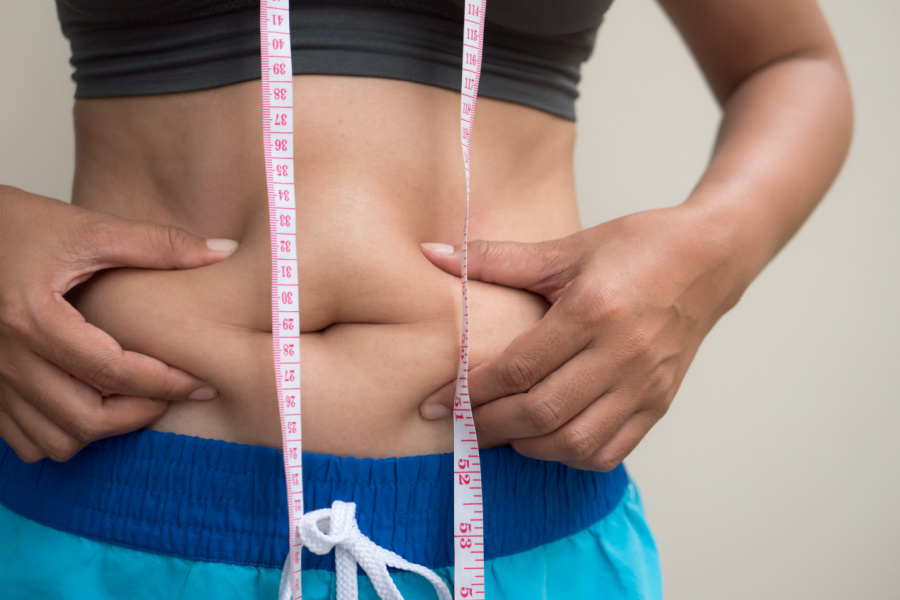Microneedling Recovery & Aftercare with Dr Fasano Congratulations on taking the step toward healthier, rejuvenated skin! Following your microneedling treatment, proper aftercare is essential to...
Understanding Liposuction Recovery Time
Liposuction is a popular cosmetic procedure for removing excess fat and achieving a more sculpted body. While the results can be transformative, it’s important to understand the recovery process. Knowing what to expect can help ensure a smooth recovery and provide insight into when you will start seeing the full results of your procedure.
The recovery timeline for liposuction varies from person to person. Factors such as the extent of the procedure, your overall health, and how closely you follow aftercare instructions can all impact your healing journey. Let’s break down the recovery process into different phases to give you a clear understanding of what to expect.
The Initial Recovery Phase (First 24-48 Hours)
What to Expect Right After the Procedure
Immediately after the liposuction procedure, you will likely feel groggy as the effects of anaesthesia wear off. Some patients experience nausea, and mild discomfort is common. The treated area will be swollen and bruised, but this is entirely normal.
The aesthetic doctor may place small drains at the incision sites to prevent fluid build-up, which helps reduce swelling and promotes faster healing. You’ll likely be advised to go home with a companion who can help you during these early hours.
Immediate Post-Surgery Care Instructions
In the first 24 to 48 hours, it’s crucial to follow your aesthetic doctor’s care instructions carefully. This includes taking prescribed pain medications, wearing compression garments, and avoiding strenuous activity. Rest is essential during this period, and you should keep hydrated and nourished to support the healing process.
The First Week Post-Liposuction
Managing Swelling and Bruising
During the first week, you’ll notice swelling and bruising around the treated areas. These symptoms may peak around day three or four before starting to subside. While these are typical post-surgery reactions, they can be uncomfortable. Using cold compresses can help alleviate some of the discomfort.
After the first few days, you should start to feel more mobile. While you’ll still need to avoid heavy lifting or intense physical activity, you can begin gentle walking around the house to stimulate blood flow, which aids in the healing process.
Weeks 2 to 4 Post-Liposuction
When Can You Start Exercising?
By the second or third week, many patients feel ready to ease back into their regular activities. However, strenuous exercise, including weightlifting or cardio workouts, should still be avoided. Walking is encouraged, but you should consult your aesthetic doctor before returning to any intense physical activity.
Throughout the first month, it’s essential to continue wearing your compression garments as recommended by your aesthetic doctor. These garments help reduce swelling, improve contouring, and prevent fluid build-up in the treated areas. Failing to wear them as instructed can extend your recovery time and impact your results.
The Long-Term Recovery (Months 2 and Beyond)
Final Results and Full Recovery Timeline
While most swelling subsides by the second month, it can take several months for your body to fully heal and reveal the final results. It’s common for patients to see gradual improvements over six months as the swelling diminishes and their new body contours emerge.
Signs that you’re healing well include the reduction of swelling and bruising, increasing energy levels, and the gradual softening of the treated areas. It’s essential to attend all follow-up appointments with your aesthetic doctor to ensure that your recovery is progressing as expected.
Factors That Influence Recovery Time
Every liposuction patient’s recovery journey is different. Several factors can affect how quickly or slowly you recover.
The Size of the Area Treated
Large Volume Liposuction vs Small Volume Liposuction
The size of the area treated plays a significant role in recovery time. Larger volume liposuction, where more fat is removed, often requires a longer recovery period. Smaller, targeted procedures typically result in a quicker healing process, with less bruising and swelling.
Your Body Type and Healing Rate
How Age and General Health Impact Recovery
Your body type, age, and general health will influence how quickly you heal after surgery. Younger patients with good overall health tend to recover more quickly than older individuals or those with pre-existing medical conditions. Leading a healthy lifestyle before the procedure can help speed up your recovery.
The Role of the aesthetic doctor in Recovery
Importance of Following aesthetic doctor’s Advice
A qualified and experienced aesthetic doctor plays a crucial role in your recovery. They will provide you with detailed aftercare instructions, which are essential to follow for optimal healing. Any deviation from these instructions can lead to complications and prolong your recovery time.
Before the surgery, your aesthetic doctor will perform a thorough health assessment to ensure you are a good candidate for the procedure. This step is vital in identifying any potential risks that could affect your recovery.
Tips for a Smooth and Faster Recovery
While your body needs time to heal after liposuction, there are steps you can take to speed up the process and avoid unnecessary complications.
Dos and Don’ts for the Recovery Period
Avoiding Common Mistakes Post-Surgery
Following a strict recovery plan is crucial. Avoid smoking, as it can impair circulation and delay healing. Also, steer clear of hot baths or vigorous activities that could strain your body during the first few weeks. Instead, rest, hydrate, and allow your body the time it needs to recover.
How to Manage Pain and Discomfort
Recommended Medications and Remedies
Your aesthetic doctor will likely prescribe pain relief medications to help manage any discomfort in the days following your surgery. Over-the-counter pain relievers like ibuprofen can also help reduce inflammation, but always consult your aesthetic doctor before taking any medication.
The Importance of Hydration and Nutrition
Foods That Promote Healing After Liposuction
Eating a balanced, nutrient-rich diet can promote healing and reduce inflammation. Focus on foods high in protein, vitamins, and minerals, such as lean meats, leafy greens, and fruits. Staying well-hydrated is also critical to maintaining good circulation and supporting your body’s natural healing processes.
FAQs About Liposuction Recovery
How Long Before I Can Return to Work?
Most patients can return to light, non-strenuous work within one to two weeks after liposuction. If your job requires physical activity, you may need to take additional time off.
When Will I See Final Results After Liposuction?
You will start seeing improvements within the first few weeks, but the final results can take up to six months to fully develop. As the swelling subsides and your body heals, the treated areas will become more defined.
Are There Any Risks or Complications During Recovery?
While complications are rare, they can happen. These may include infection, excessive swelling, or poor healing. Following your aesthetic doctor’s advice reduces the risk of complications significantly.
When to Contact Your aesthetic doctor During Recovery
Your aesthetic doctor will provide you with detailed information on when to contact them if you experience any issues during recovery. It’s essential to stay alert for any signs of complications.
Warning Signs of Complications
Signs of Infection and What to Do
Signs of infection can include fever, increasing redness, or discharge from the incision sites. If you notice any of these symptoms, contact your aesthetic doctor immediately for advice.
Routine Follow-up Appointments
The Importance of Monitoring Your Progress
Attending all scheduled follow-up appointments is critical. During these visits, your aesthetic doctor will assess your healing progress, make recommendations, and address any concerns you may have.
Recap
Recovery after liposuction requires patience and adherence to your aesthetic doctor’s instructions. By following the tips and advice in this article, you can ensure a smoother recovery and be well on your way to enjoying your new look.
Keen to learn more about liposuction treatment? Contact Dr Fasano today!



